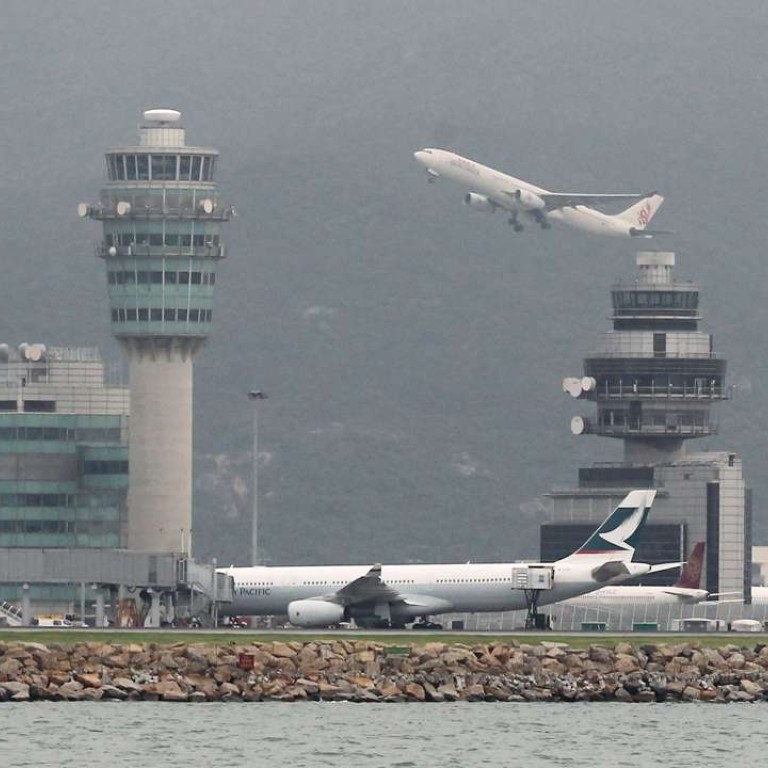
Hong Kong aviation chief rejects claims that air traffic controllers were pressured to give thumbs up to new system
Allegations dismissed as ‘grossly unfair’ to airport’s dedicated professionals
But a lawmaker and former pilot believes the problem lies within certain members of the management and he is demanding a probe from the Civil Service Bureau on possible misconduct of public office.
Less than a day after reports surfaced that air traffic controllers were coerced into giving the thumbs up to the new system, Director-General of Civil Aviation Simon Li Tin-chui said the claims were “unfounded” and expressed regret at the “inaccurate” accusations.

He said the government-commissioned independent survey, by Britain’s National Air Traffic Services, was in line with international practice.
“Management from the Civil Aviation Department had never exerted pressure on staff with regards to the self-assessment,” Li wrote.
As to allegations that staff would have their promotion prospects tarnished or acting positions stripped if anyone refused to comply, the statement said there were established procedures for reviewing the job performance, ability and experience of individuals.
But Jeremy Tam Man-ho of the Civic Party said at least nine or 10 air traffic controllers had confirmed the incident with him, pointing to “a few names” in the management.
“The director-general may not have issued the order, but we don’t know about his subordinates,” he said.
The former pilot was now demanding a response from the Civil Service Bureau on whether it would initiate a probe, and he has not ruled out pursuing the case in the Legislative Council.
The new air traffic control system – the US-made Raytheon Auto Trac III – was bought in 2011 to replace Raytheon’s Auto Trac I, which had been in use since 1998, when the airport moved to Chek Lap Kok. After more than four years of delays, it was scheduled to go live at the end of October but suffered glitches during a test run.
As to the situation on the first day of the new system’s operation, Tam said there would not be any problems as traffic flow was introduced to restrict the number of aircraft.
The department also dispelled suggestions that the new system failed to detect a possible collision in October.
The Post had learnt on Sunday that a controller manning the old system – which was running as back-up – had to notify the counterparts on the new air traffic control centre of a possible loss of separation for two aircrafts.
The department argued the aircraft maintained a separation of 1,000 feet when they were 15 miles apart, “well above” the minimum requirement of five miles.

